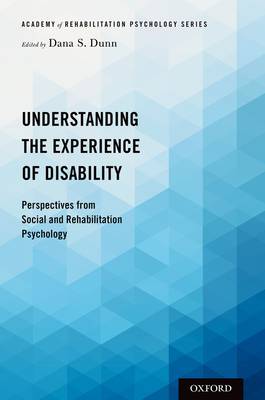
- Afhalen na 1 uur in een winkel met voorraad
- Gratis thuislevering in België vanaf € 30
- Ruim aanbod met 7 miljoen producten
- Afhalen na 1 uur in een winkel met voorraad
- Gratis thuislevering in België vanaf € 30
- Ruim aanbod met 7 miljoen producten
Zoeken
Understanding the Experience of Disability
Perspectives from Social and Rehabilitation Psychology
€ 124,45
+ 248 punten
Omschrijving
People with disabilities are people first. However, because they represent a large and diverse group, understanding how they navigate their social worlds and construe their situations is essential for rehabilitation therapists, educators, policy makers, clinicians, students, and laypeople. This will be the first edited collection to cover classic, current, and nascent topics in the social psychology of disability in many years. The authors represent both established and new voices examining social psychological factors tied to the experience of disability. Researchers, clinicians, and educators can use or adapt chapter concepts for their respective professional venues.
Specificaties
Betrokkenen
- Uitgeverij:
Inhoud
- Aantal bladzijden:
- 440
- Taal:
- Engels
- Reeks:
Eigenschappen
- Productcode (EAN):
- 9780190848088
- Verschijningsdatum:
- 31/05/2019
- Uitvoering:
- Paperback
- Formaat:
- Trade paperback (VS)
- Afmetingen:
- 155 mm x 231 mm
- Gewicht:
- 725 g

Alleen bij Standaard Boekhandel
+ 248 punten op je klantenkaart van Standaard Boekhandel
Beoordelingen
We publiceren alleen reviews die voldoen aan de voorwaarden voor reviews. Bekijk onze voorwaarden voor reviews.







